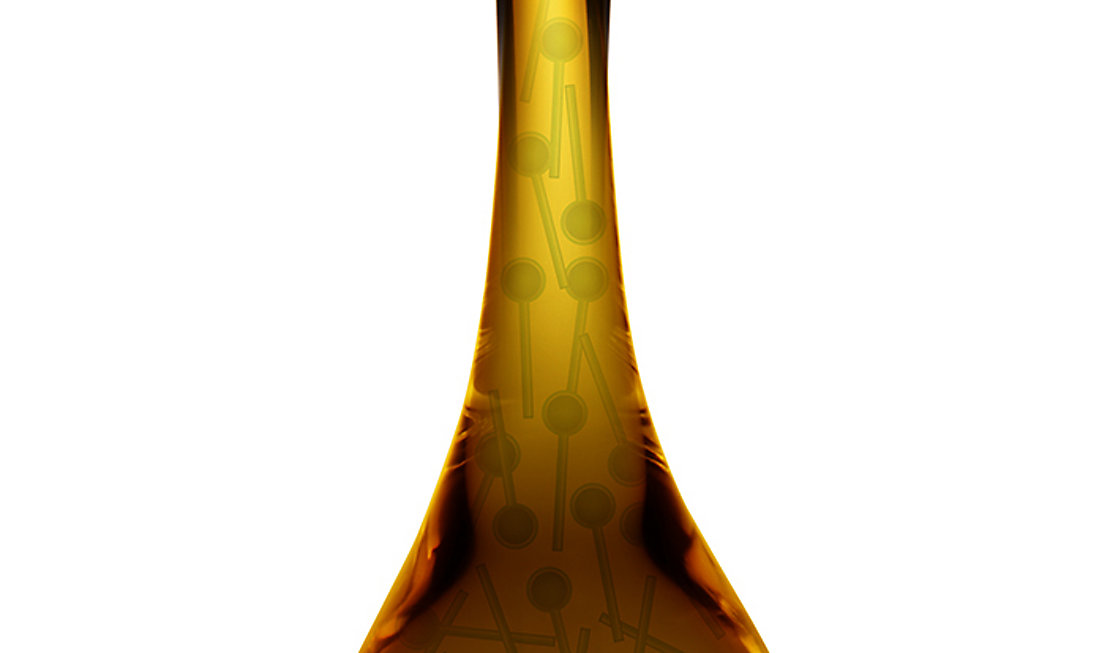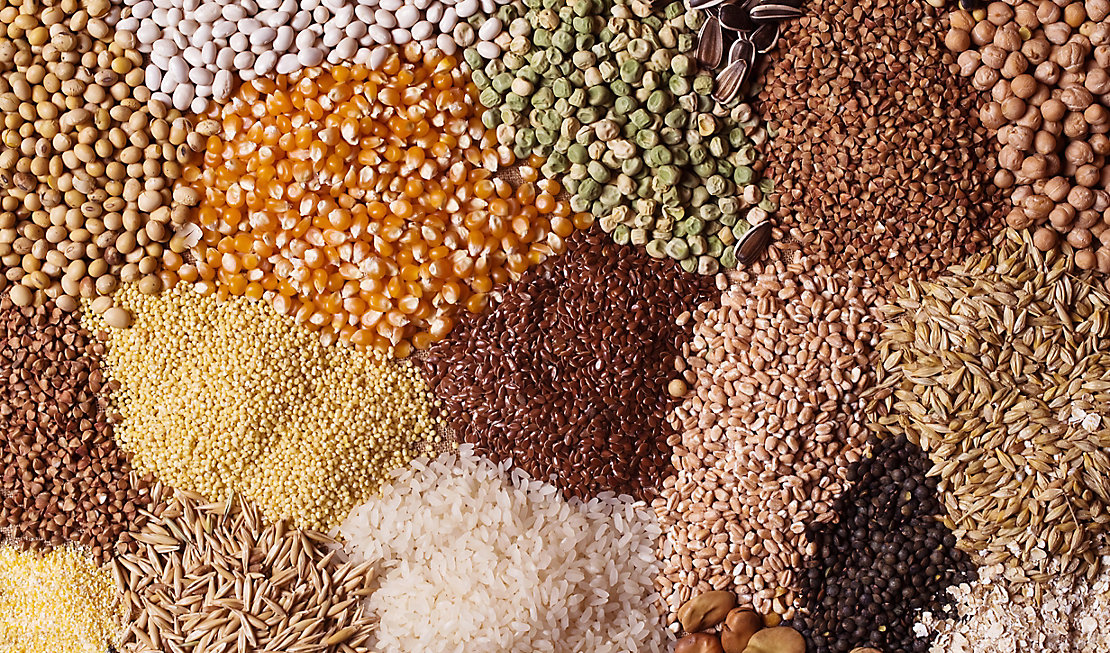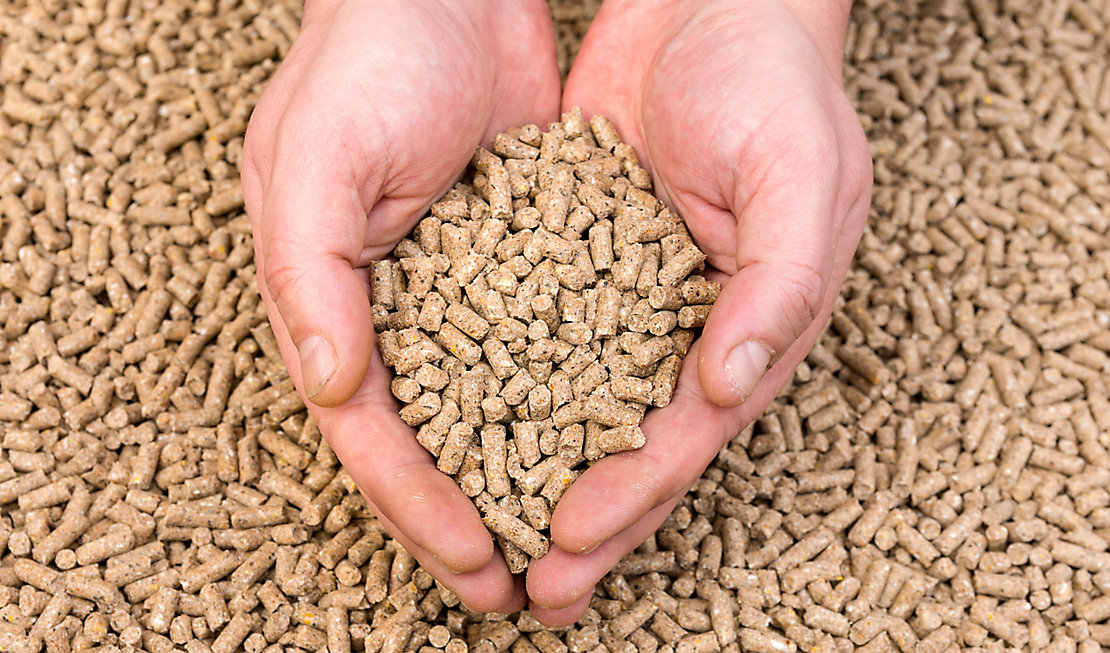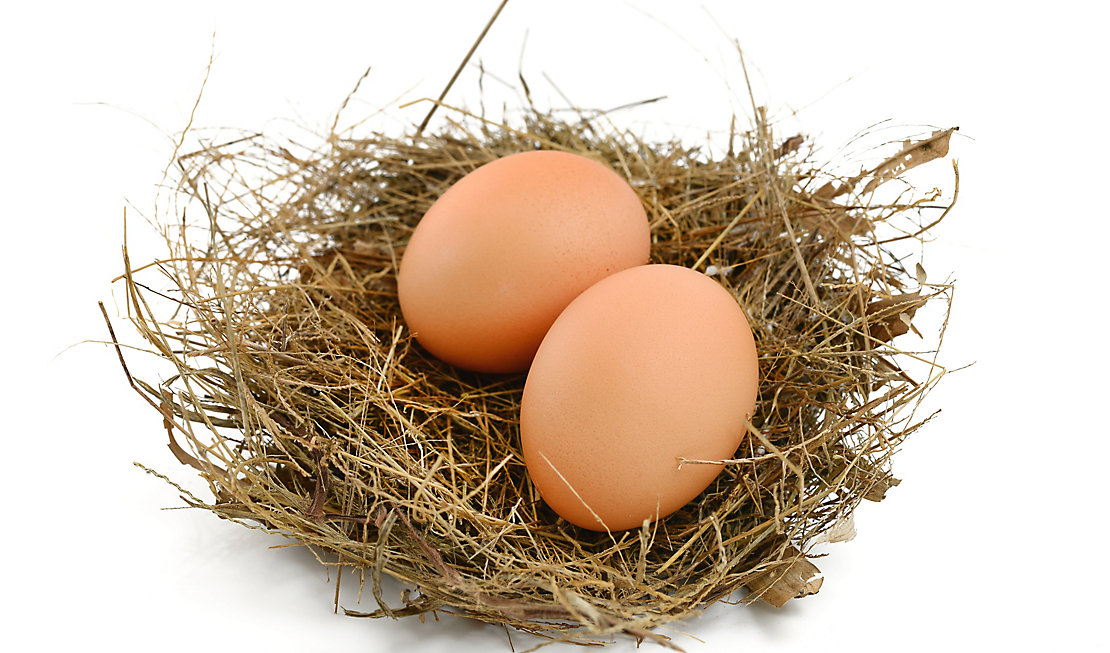You are viewing Sub-Saharan Africa
- United States
- Canada
- Mexico
- South America
- EMENA
- Sub-Saharan Africa
- Russia
- South Asia
- Asia Pacific
- China
- Global
Choose Your Location:
- United States
- Canada
- Mexico
Popular Searches
- Animal Nutrition & Health
- Monogastric Nutrition
Monogastric Nutrition
Food Security: Nourishing Monogastric Animals for a Sustainable Future
The world’s population is estimated to grow to more than 9 billion people by 2050. In order to meet the growing demand for animal protein, animal producers will need to be able to deliver two-thirds more than they are currently managing.
As resources become increasingly restricted, obtaining food security in the future is a challenge faced by each and every production animal producer. However, wherever there are challenges there are also opportunities. This growing demand for protein provides opportunities for producers to continuously improve their operations and profitability.
Nutrition in monogastric (single-chambered stomach) and ruminant (four-chambered stomach) animals are the keys to unlocking the optimum growth potential of swine, poultry, cattle, sheep etc. , limiting economic losses and improving overall health.
As a result producers, nutritionists and veterinarians are constantly working to find cost-effective dietary solutions to improve the productivity of livestock and poultry.
At Kemin, we invest millions of dollars in research annually to improve animal health and performance and ultimately increase producer profitability. The Kemin range of nutritional products and services for Monogastric Nutrition provide innovative and sustainable solutions that result in more efficient absorption of nutrients, enhanced performance and improved feed efficiency.
Monogastric Nutrition: The Four Key Focusses in Production Animals




- California Supply Chain Act
- Email Disclaimer
- GDPR Personal Data Addendum
- General Terms & Conditions for Vendors
- Global Environmental Policy Statement
- Indirect Cost Estimates
- Kemin Terms & Conditions
- Modern Slavery Act Transparency Statement
- Privacy Policy
- Sitemap
- Change Cookie Consent
- Animal Welfare Statement
© Kemin Industries, Inc. and its group of companies all rights reserved. ® ™ Trademarks of Kemin Industries, Inc., USA
Certain statements may not be applicable in all geographical regions. Product labeling and associated claims may differ based upon government requirements.
